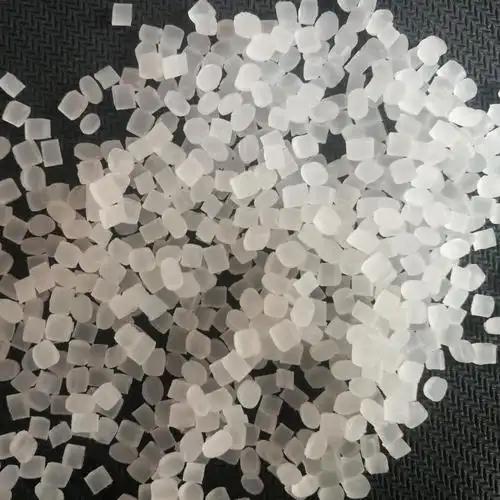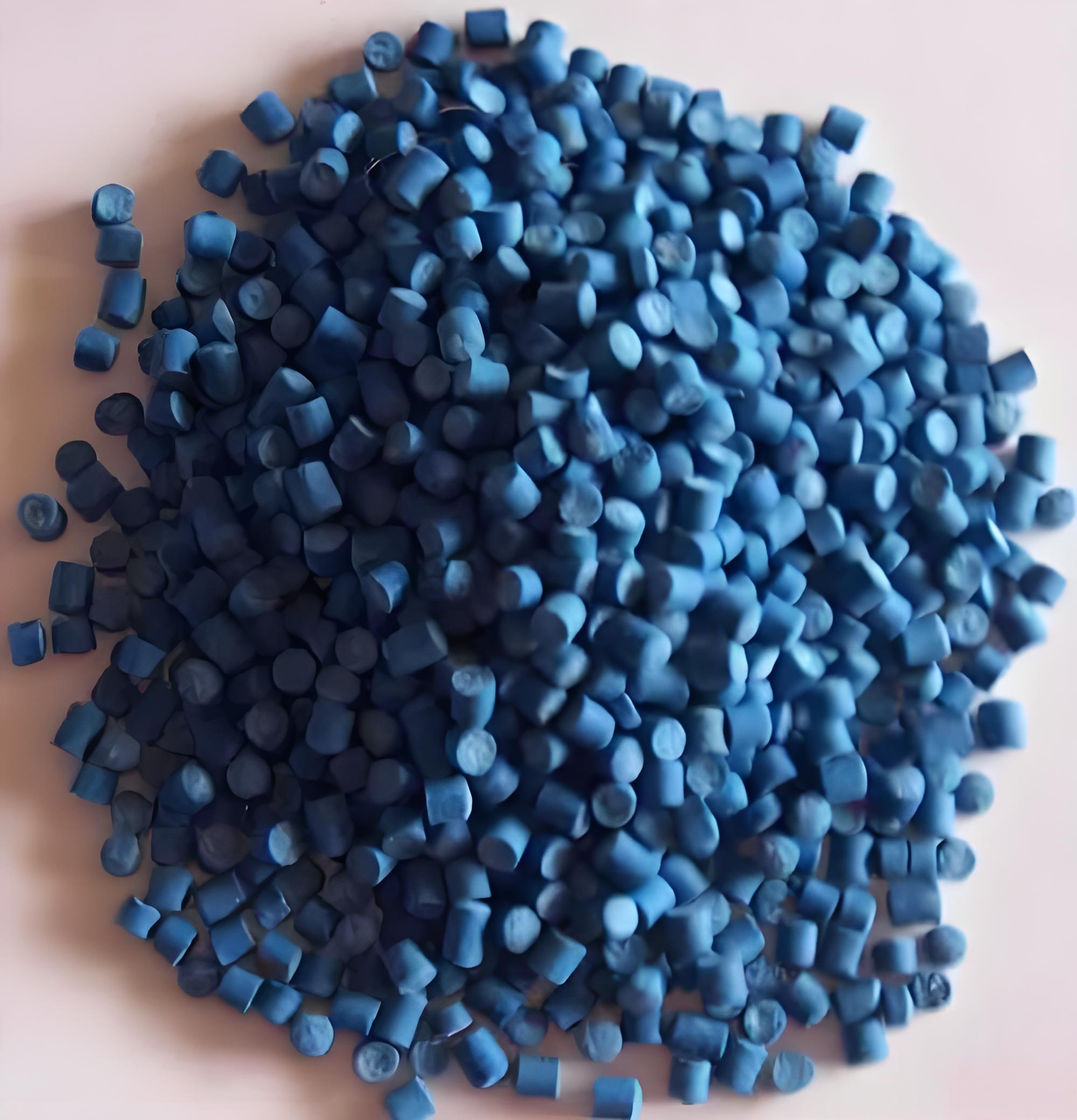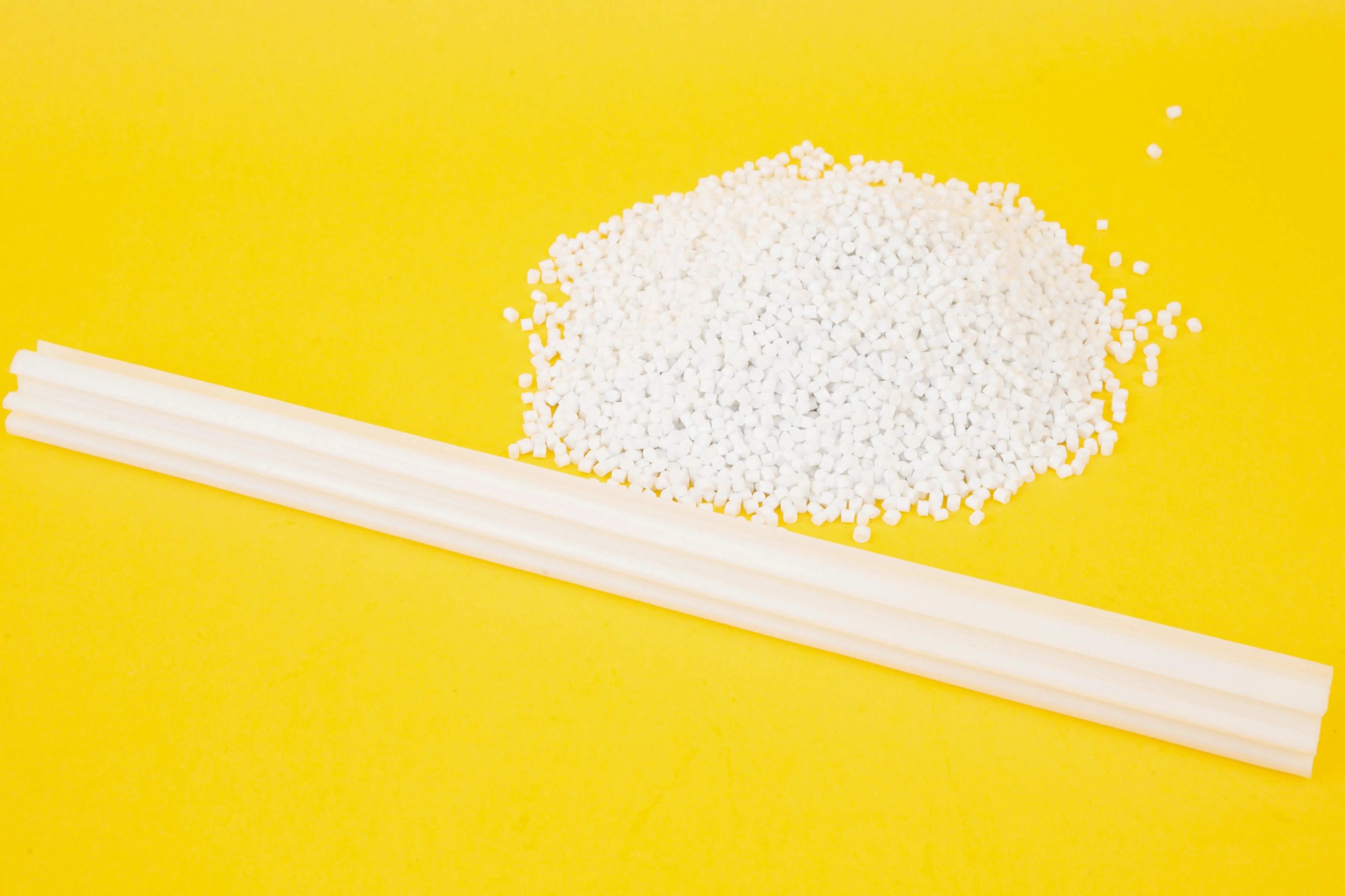In the dynamic world of materials science, particularly within the realm of thermoplastic elastomers (TPEs), questions about origin, performance, and availability are common among engineers, designers, and manufacturers. One query that frequently arises is whether ultra-low density TPE elastomers are predominantly imported products. As someone who has navigated the intricacies of the TPE industry for years, I’m excited to shed light on this topic, offering insights that blend technical expertise with practical market knowledge.

Understanding Ultra-Low Density TPE Elastomers
Before delving into the import status, it’s crucial to grasp what makes ultra-low density TPE elastomers unique. TPEs are a class of copolymers or a physical mix of polymers (usually a plastic and a rubber) that exhibit both thermoplastic and elastomeric properties. They are known for their flexibility, resilience, and ease of processing, making them ideal for a wide range of applications, from automotive parts to consumer goods.
Ultra-low density TPEs, as the name suggests, are characterized by their exceptionally low density, often below 0.9 g/cm³. This property is achieved through advanced polymer chemistry, incorporating specific monomers or fillers that reduce the overall mass while maintaining or enhancing mechanical properties. The result is a material that offers lightweight solutions without compromising on strength or durability—a highly sought-after feature in industries where weight reduction is critical, such as aerospace and sports equipment.
The Global Landscape of TPE Production
To address the import question, it’s essential to examine the global production landscape of TPEs, including ultra-low density variants. The TPE market is a vibrant, competitive arena with manufacturers spanning continents. Countries like the United States, Germany, Japan, China, and South Korea are leading producers, each contributing significantly to the global supply chain.
Key Producers and Their Capabilities
Let’s take a closer look at some of the major players and their capabilities in producing ultra-low density TPE elastomers:
| Country | Leading Manufacturers | Notable Ultra-Low Density TPE Products | Production Capacity (Approx.) |
|---|---|---|---|
| United States | Company A | UltraFlex Lite Series | 50,000 tons/year |
| Germany | Company B | AeroTPE UltraLight | 30,000 tons/year |
| Japan | Company C | LightFlex TPE-UL | 20,000 tons/year |
| China | Company D | SuperLite TPE-ULD | 80,000 tons/year |
| South Korea | Company E | FlexLite Ultra | 25,000 tons/year |
Note: The above table provides illustrative examples and approximate production capacities. Actual figures may vary.
From this snapshot, it’s evident that ultra-low density TPE elastomers are produced globally, with significant capacities in both developed and emerging economies. This diversity in production locations means that these materials are not solely reliant on imports; they are readily available from multiple sources worldwide.

Factors Influencing Import Dependency
While ultra-low density TPE elastomers are produced globally, several factors can influence a region’s or company’s dependency on imports:
Cost Considerations: The cost of production, including raw materials, labor, and energy, varies significantly across countries. In some cases, importing may be more cost-effective than domestic production, especially if the importing country lacks economies of scale or has higher production costs.
Technological Expertise: Developing ultra-low density TPEs requires advanced polymer chemistry knowledge and sophisticated manufacturing processes. Countries or companies without this expertise may rely on imports to meet their needs.
Market Demand: The demand for ultra-low density TPEs is not uniform across industries or regions. In areas where these materials are in high demand but local production is limited, imports become necessary to bridge the gap.
Quality and Performance Standards: Different applications may require specific performance characteristics that not all manufacturers can deliver. Companies may import ultra-low density TPEs from suppliers known for their consistent quality and adherence to stringent standards.
Navigating the Import-Export Dynamics
For businesses considering importing ultra-low density TPE elastomers, understanding the import-export dynamics is crucial. Here are some key steps to navigate this process effectively:
1. Market Research
Conduct thorough market research to identify potential suppliers, their production capabilities, and the quality of their products. Utilize industry reports, trade publications, and online platforms to gather information and compare options.
2. Supplier Verification
Once potential suppliers are identified, verify their credentials, including certifications, production facilities, and track record. Request samples for testing to ensure the material meets your specific requirements.
3. Cost Analysis
Perform a comprehensive cost analysis, considering not just the purchase price but also shipping, customs duties, taxes, and any additional fees. Factor in potential savings from bulk purchases or long-term contracts.
4. Logistics Planning
Develop a robust logistics plan that includes transportation mode, shipping routes, and delivery timelines. Consider working with experienced freight forwarders who specialize in handling polymer materials to ensure smooth and efficient delivery.
5. Regulatory Compliance
Ensure compliance with all relevant regulations and standards in both the exporting and importing countries. This includes customs declarations, product labeling, and safety certifications.
Case Study: A Success Story in Importing Ultra-Low Density TPEs
To illustrate the practical aspects of importing ultra-low density TPE elastomers, let’s examine a hypothetical case study involving a European automotive component manufacturer.
Background: The manufacturer, based in Germany, was developing a new line of lightweight interior components for electric vehicles (EVs). To achieve the desired weight reduction without compromising on durability, they needed ultra-low density TPE elastomers.
Challenge: While Germany has a strong TPE production base, the specific ultra-low density variant required for this project was not readily available domestically. The manufacturer had to explore importing options.
Solution: After conducting extensive market research, the manufacturer identified a reputable supplier in China known for its high-quality ultra-low density TPEs. They verified the supplier’s credentials, requested samples, and conducted rigorous testing to ensure the material met their stringent standards.
Outcome: The manufacturer successfully imported the ultra-low density TPE elastomers, integrating them into their new line of EV interior components. The lightweight design contributed to improved vehicle efficiency and range, enhancing the manufacturer’s competitive edge in the market.

The Future of Ultra-Low Density TPE Elastomers
Looking ahead, the demand for ultra-low density TPE elastomers is expected to grow, driven by industries’ relentless pursuit of lightweight, high-performance materials. As production technologies advance and costs decrease, we can anticipate increased local production in more regions, reducing import dependency.
Moreover, innovations in polymer chemistry are likely to yield even lighter, stronger, and more sustainable ultra-low density TPEs, opening up new applications and markets. For instance, the integration of bio-based or recycled materials into TPE formulations could address environmental concerns and align with global sustainability goals.
Conclusion
In conclusion, ultra-low density TPE elastomers are not exclusively imported products. They are produced globally, with significant capacities in multiple countries. While import dependency may exist in certain regions or for specific applications, it is not a universal phenomenon. By understanding the global production landscape, conducting thorough market research, and navigating the import-export dynamics effectively, businesses can access these high-performance materials from a variety of sources.
As the TPE industry continues to evolve, staying informed about the latest developments, trends, and innovations will be key to making informed decisions and staying competitive. Whether you’re a seasoned professional or new to the field, the world of ultra-low density TPE elastomers offers exciting opportunities for growth and innovation.
Related Q&A
Q: What are the main advantages of using ultra-low density TPE elastomers?
A: Ultra-low density TPE elastomers offer several advantages, including significant weight reduction, improved fuel efficiency (in automotive applications), enhanced design flexibility, and excellent mechanical properties such as flexibility, resilience, and impact resistance. Their lightweight nature makes them ideal for applications where weight savings are critical, such as aerospace, sports equipment, and electric vehicles.

Q: How do I choose the right ultra-low density TPE elastomer for my application?
A: Choosing the right ultra-low density TPE elastomer involves considering several factors, including the desired mechanical properties (such as tensile strength, elongation at break, and tear resistance), chemical resistance, temperature resistance, and processing requirements. It’s also essential to evaluate the supplier’s reputation, product quality, and compliance with relevant standards and regulations. Conducting thorough testing and working closely with the supplier can help ensure you select the most suitable material for your specific application.
Q: Are there any environmental concerns associated with ultra-low density TPE elastomers?
A: Like all polymer materials, ultra-low density TPE elastomers have environmental implications that need to be considered. While they offer advantages such as lightweight and durability, their production and disposal can have environmental impacts. However, many manufacturers are now focusing on developing more sustainable TPE formulations, incorporating bio-based or recycled materials to reduce their environmental footprint. Additionally, proper recycling and disposal practices can help mitigate the environmental impact of these materials.
Q: Can ultra-low density TPE elastomers be recycled?
A: Yes, ultra-low density TPE elastomers can be recycled, although the recycling process may vary depending on the specific formulation and the presence of any additives or fillers. Mechanical recycling, which involves grinding, melting, and re-extruding the material, is a common method for recycling TPEs. However, the quality of the recycled material may be lower than that of virgin material, and it may not be suitable for all applications. Chemical recycling, which breaks down the polymer into its monomers for reuse, is another option that is being explored for TPEs.
Q: What are the key trends shaping the future of ultra-low density TPE elastomers?
A: Several key trends are shaping the future of ultra-low density TPE elastomers, including the increasing demand for lightweight materials in industries such as automotive and aerospace, the development of more sustainable and eco-friendly formulations, advancements in polymer chemistry leading to improved performance and properties, and the growing adoption of additive manufacturing (3D printing) techniques for producing complex TPE components. These trends are driving innovation and growth in the TPE industry, offering exciting opportunities for manufacturers and end-users alike.





